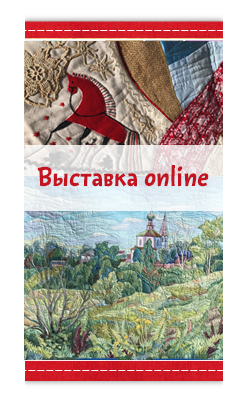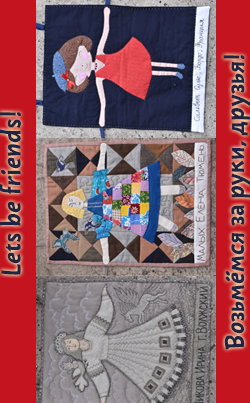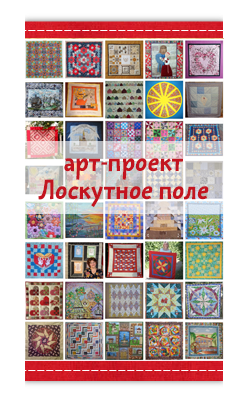Suzdal
Great Heritage of Russia
Do you want to experience authentic Russian culture? One of the best-preserved and prettiest towns in Russia, Suzdal is the most celebrated medieval city on Russia’s Golden Ring.
The Golden Ring is an area on the northeast of Moscow. Suzdal is recognized as the one of Russian cultural treasures and “open-air-museum” with brilliant authentic architecture of the 12th—19th century. It played an important role in the history of Russia and the Russian Orthodox Church. A unique location of Suzdal is an ideal one, making it easy for a traveler to get to from either Moscow or St. Petersburg. Romantic and crowded with historic architecture. Suzdal's amazing sights such as monasteries, churches, cathedrals, and the Kremlin were listed by the UNESCO World Heritage Centre as the masterworks of architectural genius. White‐stone Suzdal's area of just 15 km2 with more than 200 places of heritage was chosen by the genius of modern Russian cinema Andrei Tarkovskiy as a scenery for his movie “Andrey Rublev”.
Suzdal History
The historic city of Suzdal was founded in 990 as the capital of the region, even before The Grand Prince Yuri Dolgoruky (the Long-Armed) established Moscow and other towns in the region.
Over the course of centuries, Suzdal was plundered by invading forces, which underscores the importance of its still-extant Kremlin. Other forces, such as fire and economic stagnation, affected Suzdal’s development. However, some of these forces, such as the absence of a railway, helped Suzdal to maintain its historic authenticity, ecology and nature. Even when it was losing population to prospects in other towns, Suzdal was able to preserve many of its historic edifices and culture.
Sights in Suzdal
Suzdal has almost no limit to its sights for visitors. It’s worth staying a few nights to really absorb the feel of this time-capsule city and get to know its famous landmarks.
Suzdal Kremlin: Inside the Kremlin is a world of architectural treasures, from the 13th-century Nativity of the Virgin Cathedral to the late 18th-century wooden St. Nicholas Church. Also visit the Archbishop’s Chambers and the bell tower. This architectural complex is a part of the monuments of Vladimir and Suzdal, a Russian World Heritage site.
Trade Square: The early 19th-century trading arcade is surrounded by a cluster of churches, some of which can be entered by visitors, such as the Emperor Constantine Church from the start of the 18th century.
Monastery of the Deposition: This monastery was founded in the 13th century, though the extant structures date from much later. Check out the Deposition Cathedral, the Bell tower, and the red-and-white entry gate with its conical turrets.
Monastery of St. Euthymius: The largest monastery in Suzdal, St. Euthymius was fortified with strong walls, which have withstood the passage of time, as a part of the city’s defensive system. Here you’ll see more churches, a Bell tower that may grace you with its music.
Alexandrovksy Convent: This convent has a more gentle legend than the Intercession Convent. It’s said that the Alexandrovsky Convent was founded by Alexander Nevsky to provide sanctuary for aristocratic widows whose husbands died at the hands of invaders.
Museum of Wooden Architecture: The Museum of Wooden Architecture in Suzdal preserves historic wooden structures inherent to the culture of the region and peasant life and artifacts that might otherwise be lost to progress. The Transfiguration Church dates from 1756 and is one of this museum’s treasures.




